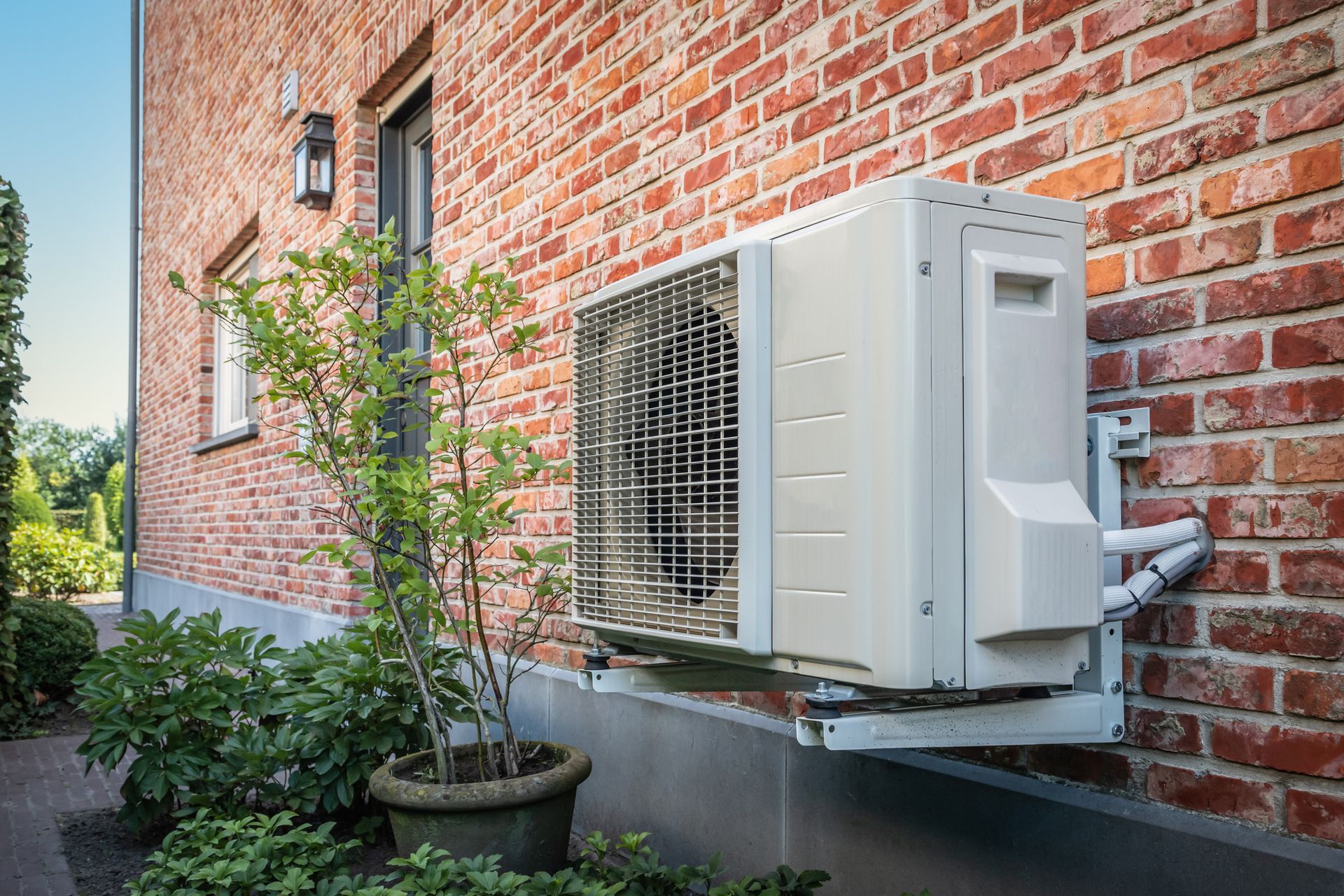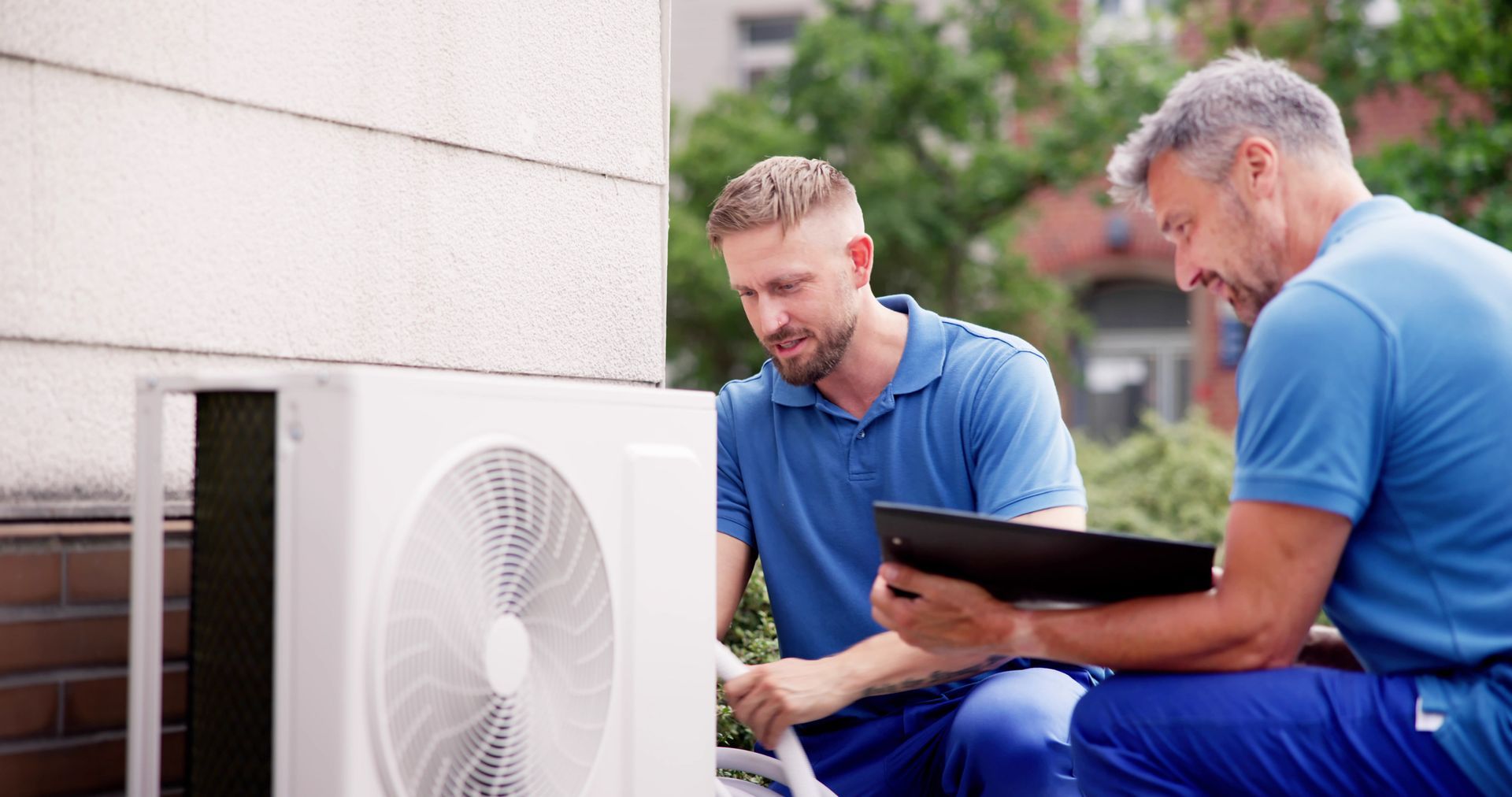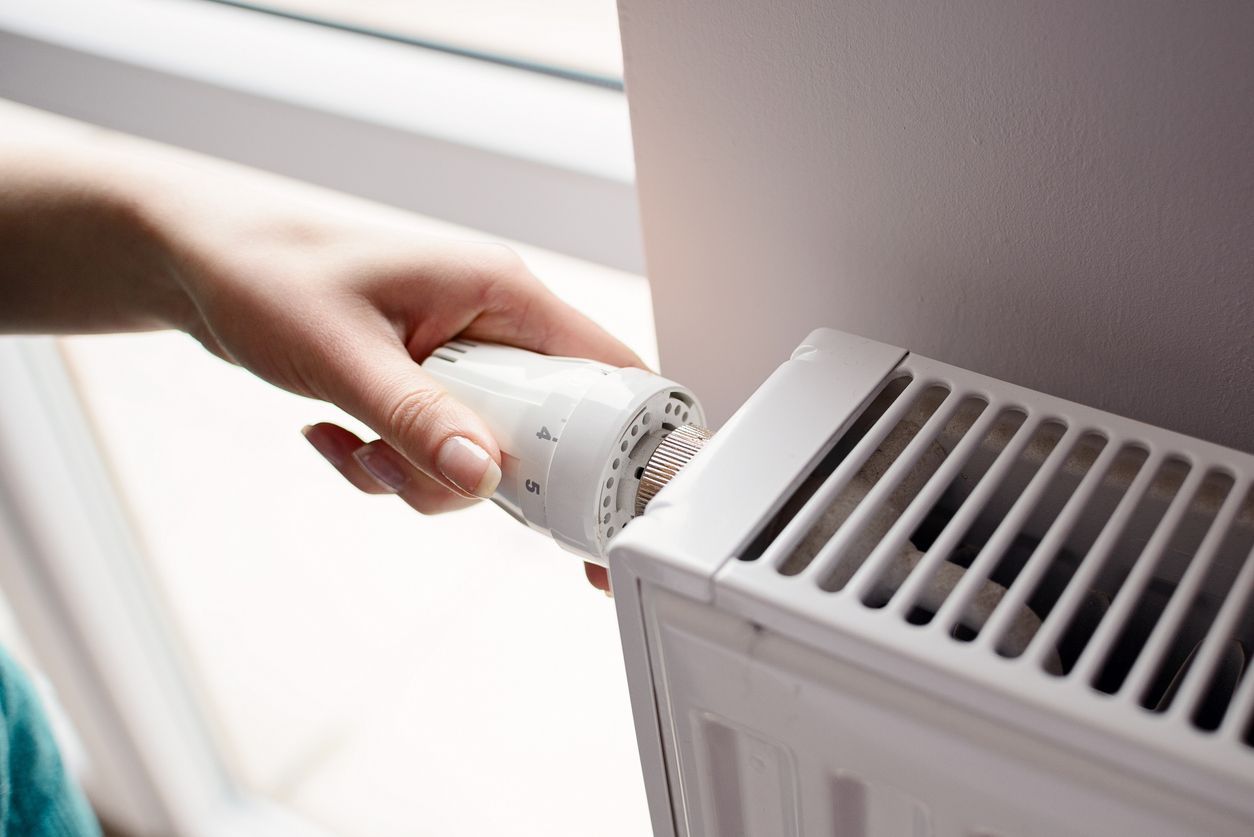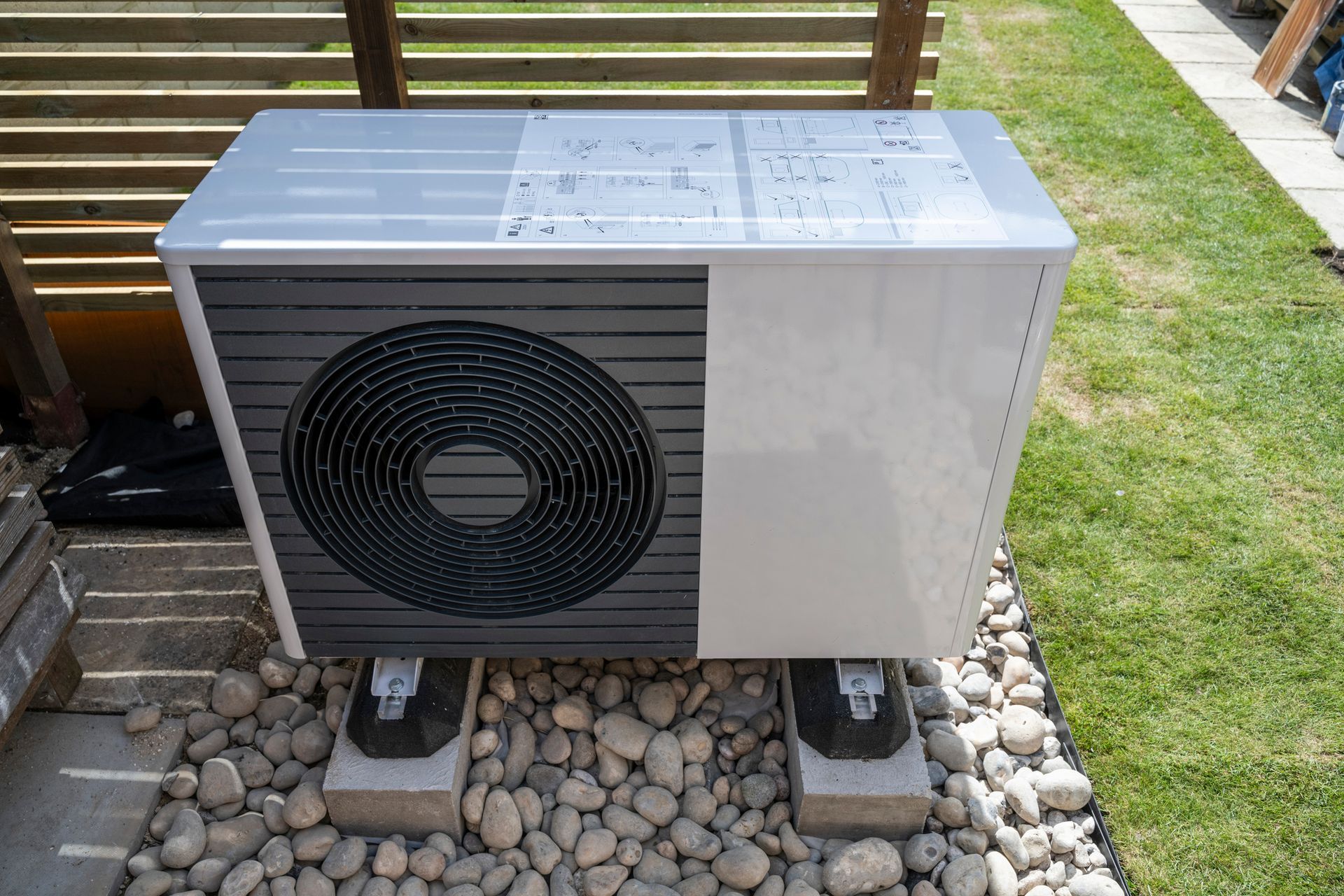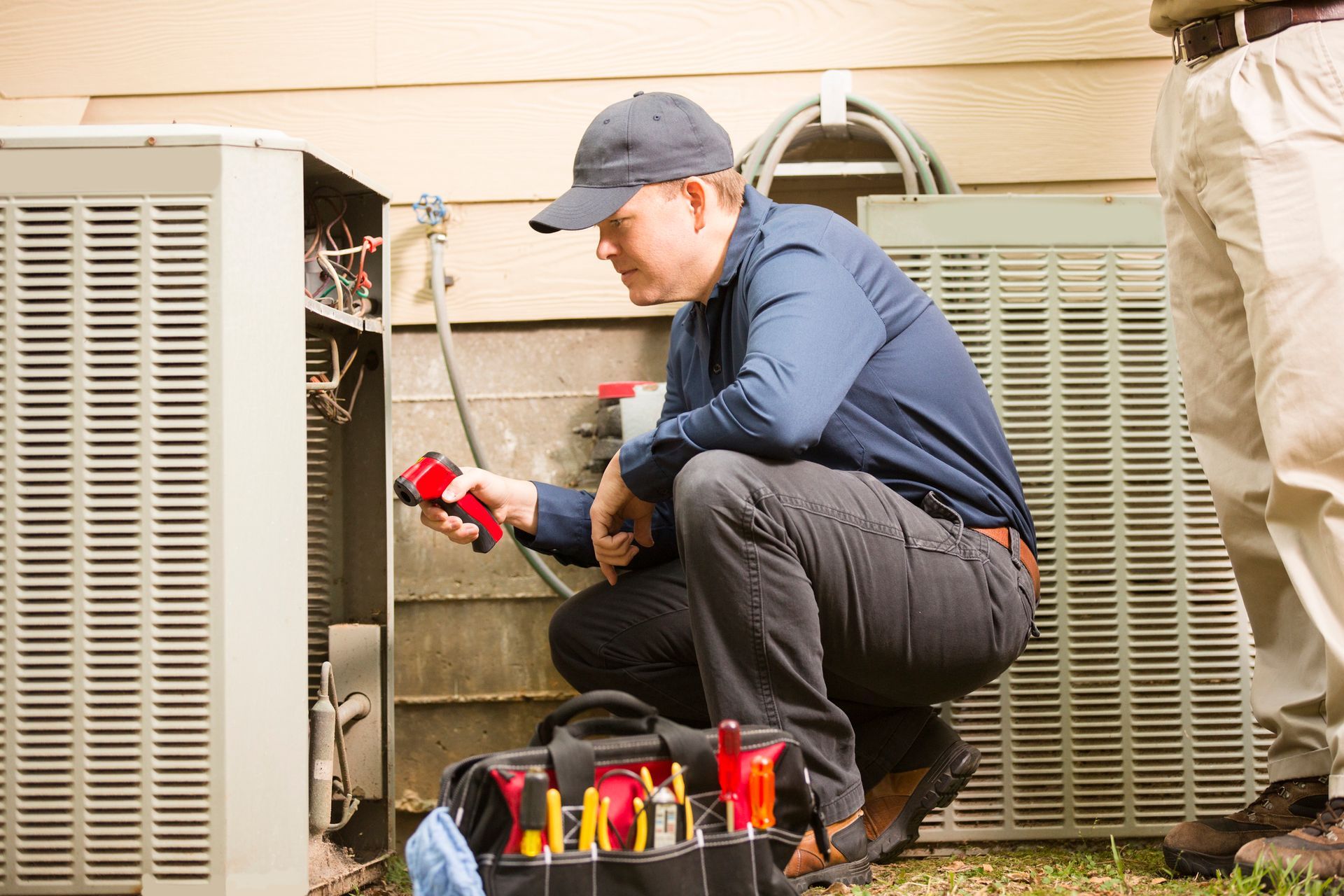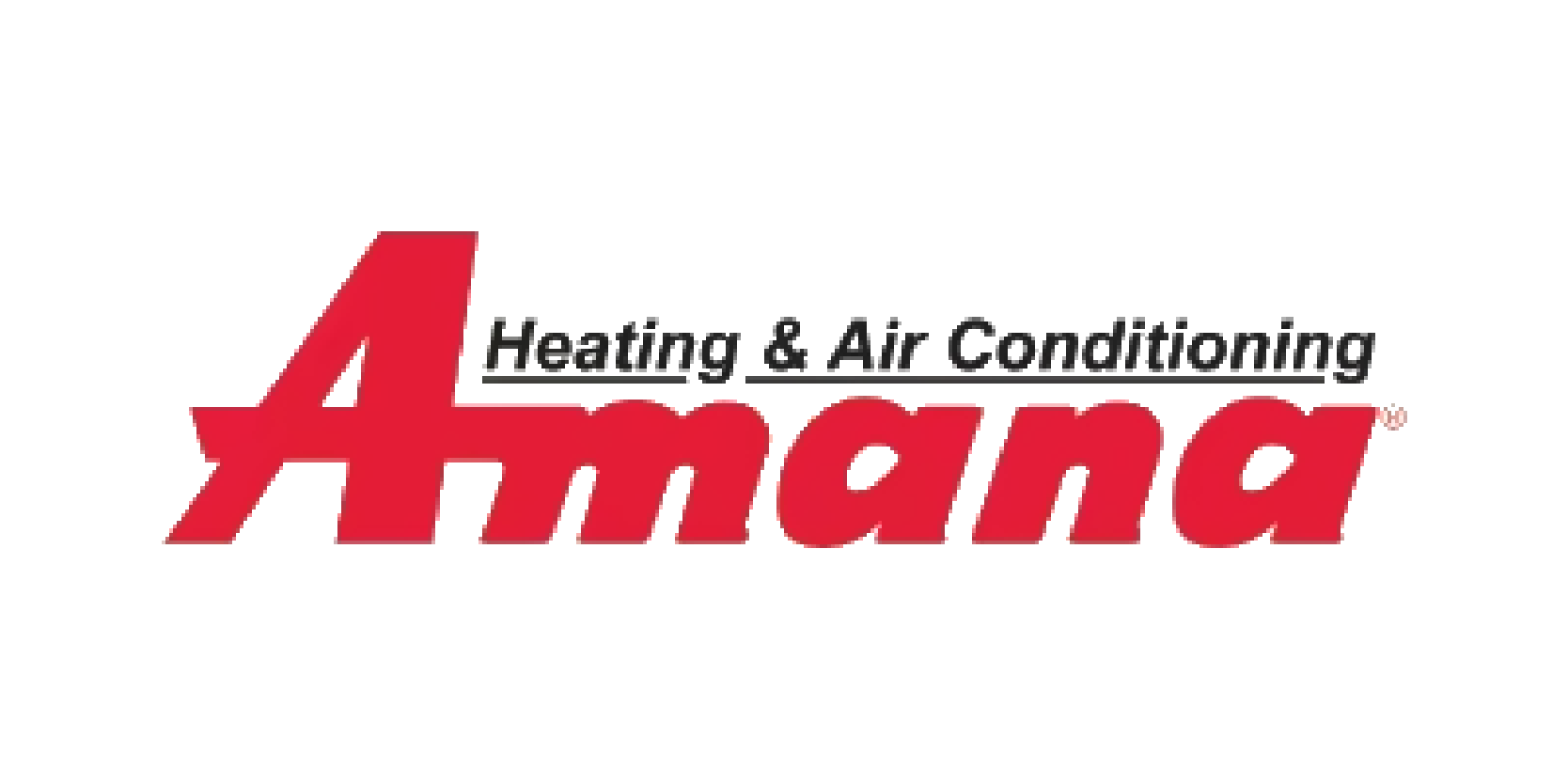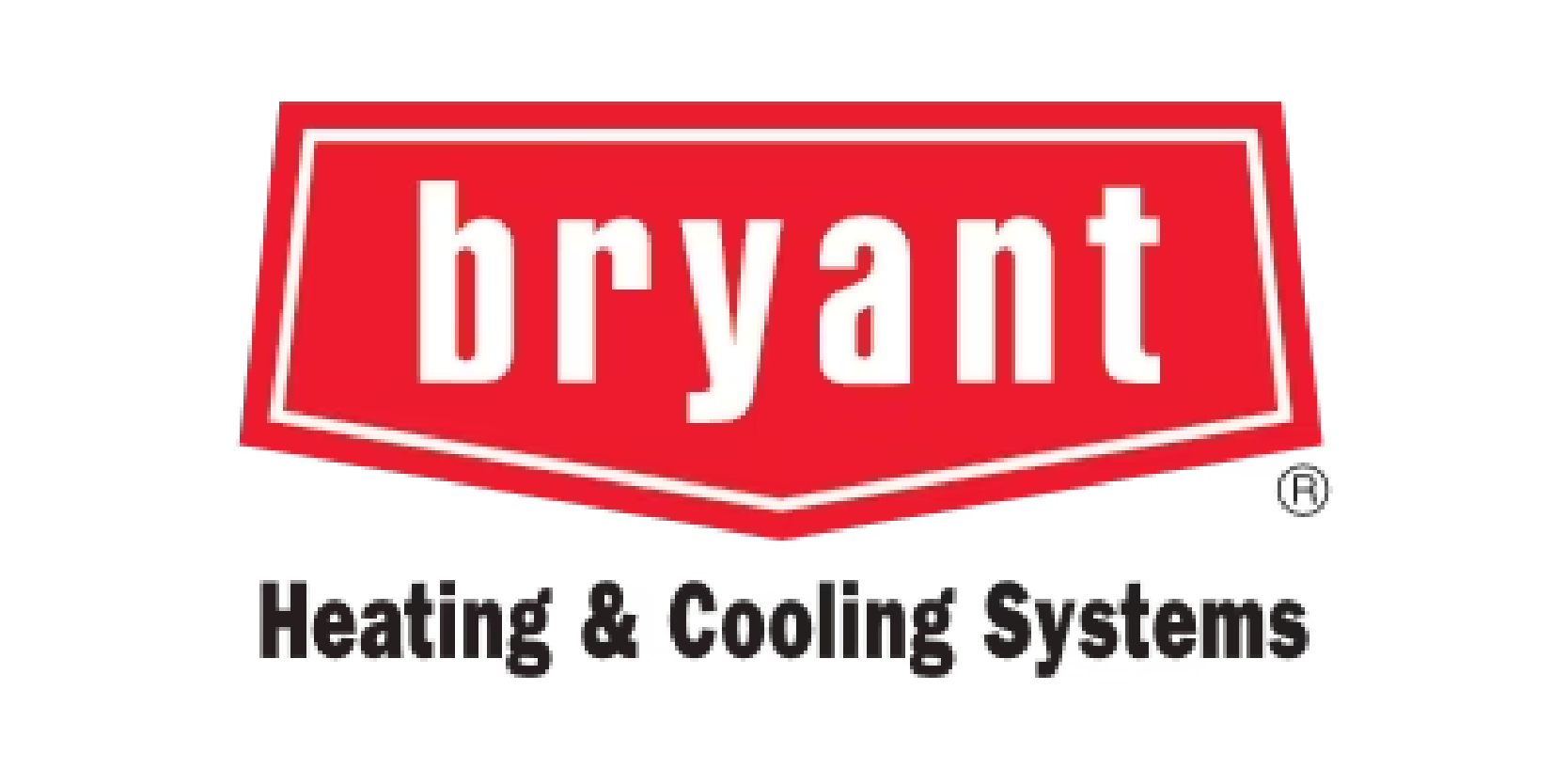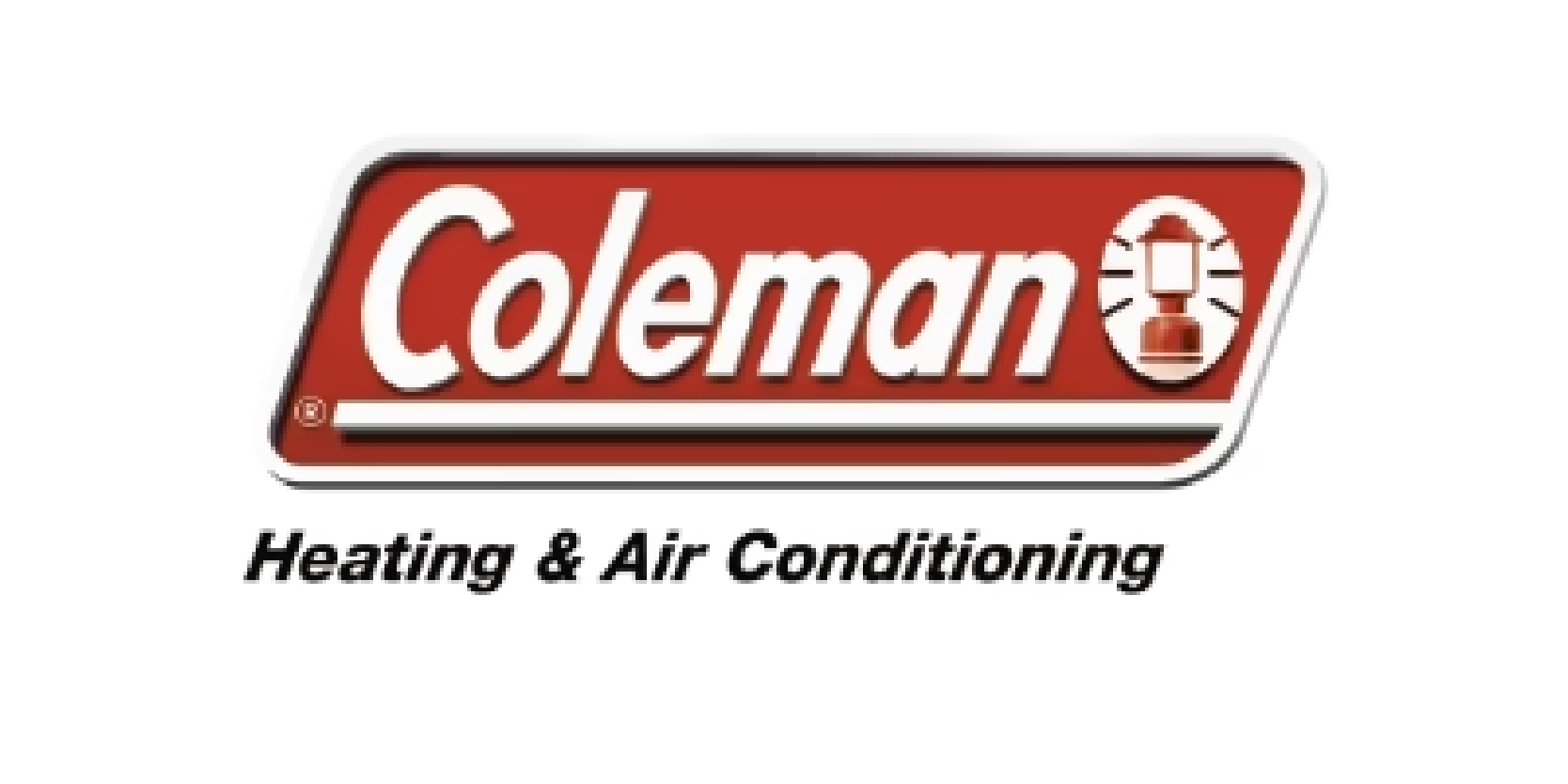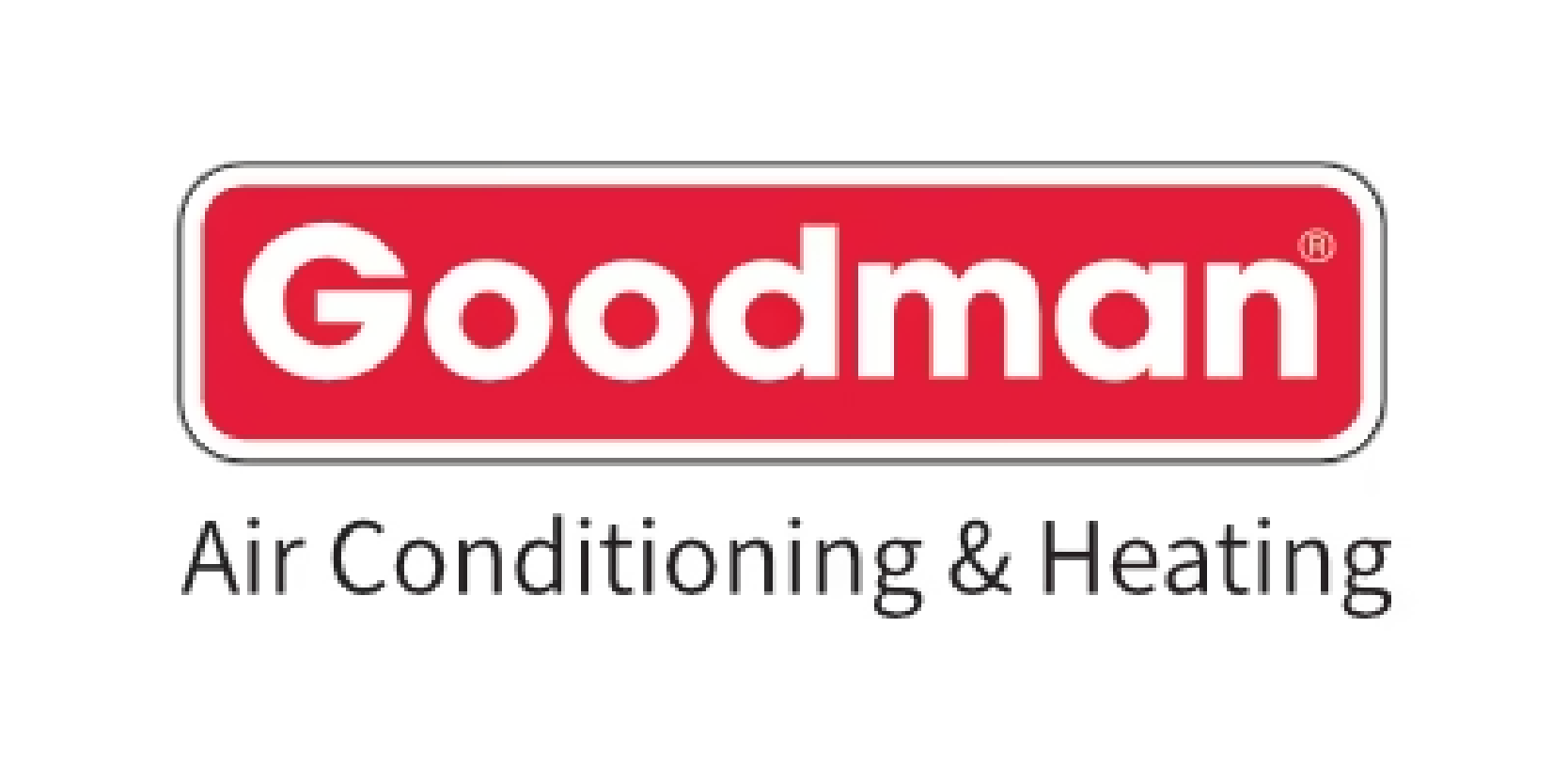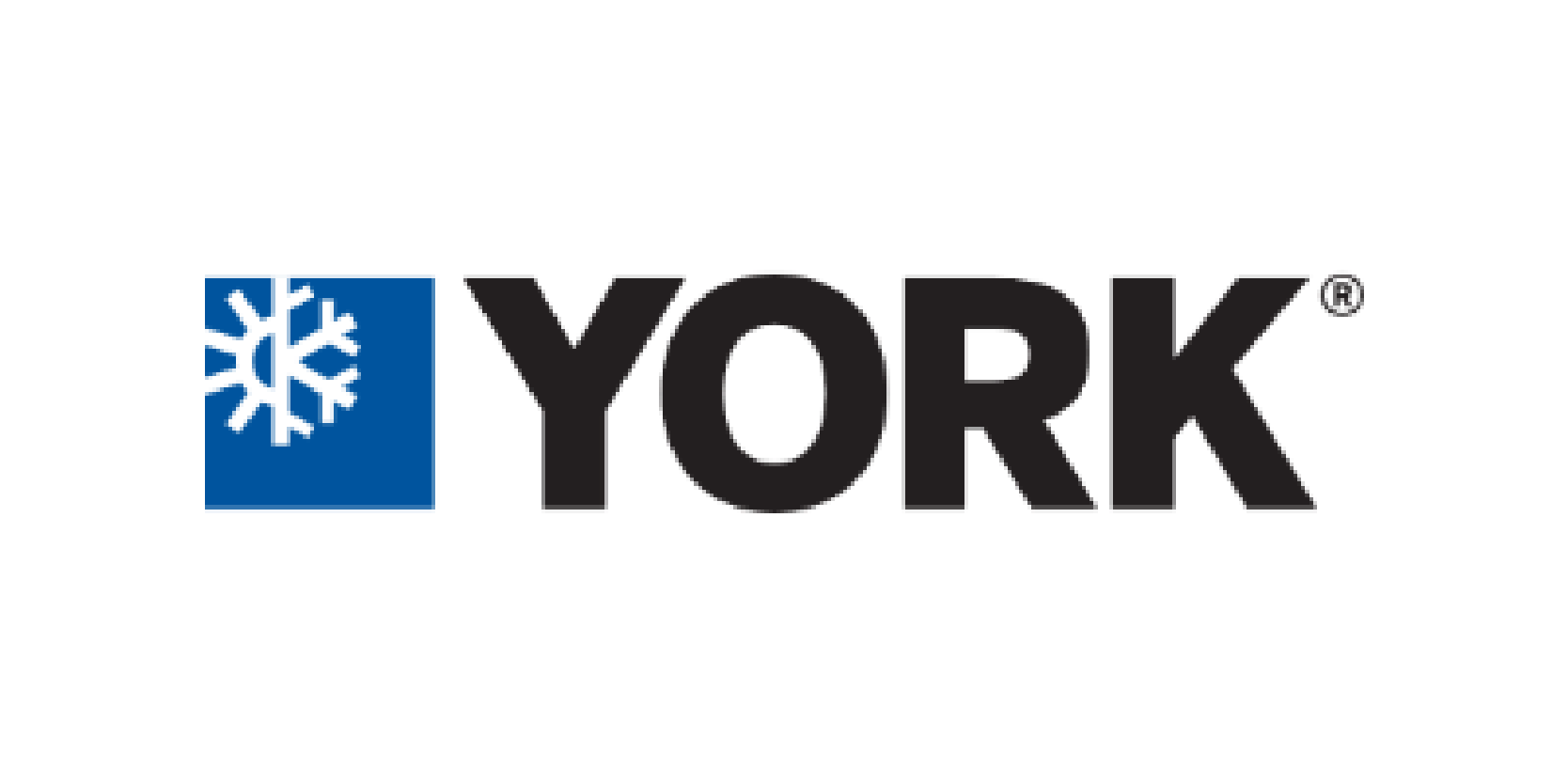
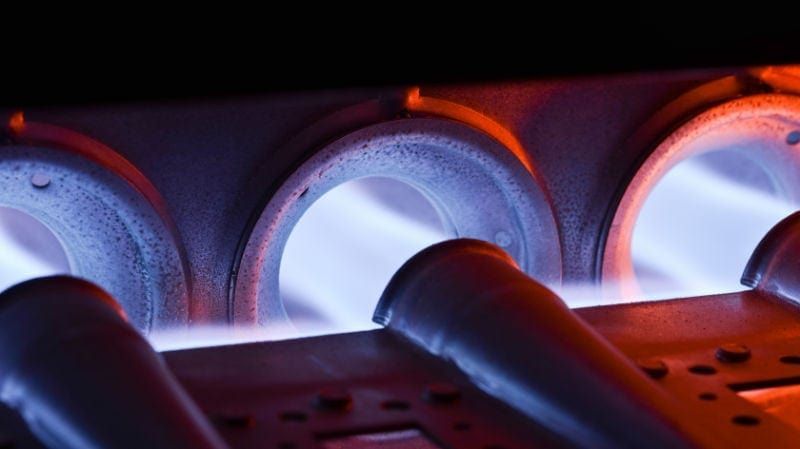
Although today’s furnaces can generate heat using a variety of fuels, natural gas is one of the most popular. Natural gas furnaces typically use a combination of methane and other carbon-based gases.
Our professionals at All City Heat and Air encourage you to understand how your gas furnace works so you can spot any potential problems in your Charlotte home’s heating system.
The Thermostat
Although you could argue your gas furnace begins the house-heating process when you turn on your heating, ventilation, and air conditioning (HVAC) system, the reality is that in most homes, the thermostat really runs the show.
A thermostat is a temperature-activated switch that communicates your home’s temperature to the gas furnace’s control board. Once you program your thermostat to a particular temperature, your HVAC system will cycle on and off in order to keep your home near that set level.
The Ignitor
When your thermostat sends a signal to your gas furnace to turn on your heating system, the first thing happens is your ignitor starts. Although some older gas furnaces use a pilot light, modern gas furnaces have a safer electronic starter.
The old-fashioned pilot light used to operate by having a regulator supply a tiny bit of gas to keep a small flame burning, which would then ignite the furnace when a North Carolina homeowner turned it on. If the pilot light went out, you would run the risk of dangerous gas leaking into your home.
The modern electronic starter uses an element a lot like a light bulb filament to ignite the gas burner instead. When your thermostat reaches a preset temperature, the electronic starter sends an electric current over the filament, igniting the natural gas.
The Combustion Chamber
The gas furnace’s ignitor lights the fuel in the combustion chamber, which is where the natural gas and oxygen mix. Your home’s furnace uses a draft hood or vent system to take in oxygen in order to generate clean and efficient combustion.
This same vent system releases the combustion by-products through a flue to the outside air. Typically, standard-efficiency flues are made from galvanized steel and high-efficiency units employ polypropylene venting, which is easy to install and maintain.
It’s important the combustion chamber is properly maintained, so you can ensure your indoor air quality is safe and healthy. You want to be sure all the natural gas is completely consumed inside the combustion chamber.
The Heat Exchanger
Above the combustion chamber, you’ll see the heat exchanger, which takes the heat that rises above the chamber to generate the warm air for your home. Heat exchangers usually use a series of metal tubes, which are heated by burners when gas is consumed inside the combustion chamber.
The hot tubes transfer radiant heat to the air that blows through the exchanger. Once it arrives at the proper temperature, the motor of your gas furnace will turn on and blow that air throughout your air duct system. When the cooler air returns to the furnace, the entire cycle begins again and continues until the thermostat is triggered to turn off.
Blower fans direct the air coming from your home’s return ducts into the hot heat exchanger for further heating. Some furnaces will have a multispeed blower that’s programmed when you install your gas furnace.
High-efficiency-model furnaces usually have a variable speed blower that can self-modulate fan speeds. According to the American Council for an Energy Efficient Economy , variable-speed motors are more energy efficient than conventional systems.
Some high-efficiency gas furnaces may also contain several heat exchangers with curved surfaces. This design slows down the airflow over more surface area so you can generate more heat with less fuel.
It’s important to be sure your heat exchanger is in good working order, because a faulty exchanger could allow dangerous leaks into your home.
Contact Us for All Your Furnace Needs
Whether you’re in need of a new gas furnace, a repair to an existing system, or regular maintenance, turn to All City Heat and Air in Charlotte, NC , for help. Our trained experts provide high-quality workmanship to be sure your gas furnace is operating optimally. Call 704-545-2000 or request service online today.
The post How Does My Gas Furnace Work? first appeared on All City Heat and Air and is written by All City Heat and Air.

